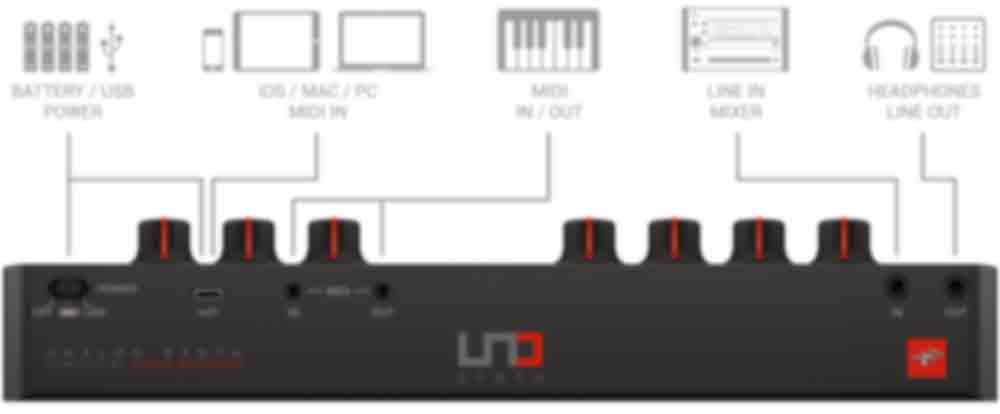


You can use the first knob to directly select the type, without using the tedious encoder clicking method. Now you can change the datatype with the encoder.įor the savefile type selection (sound, pattern, morph sound, settings) there is a shortcut available.Push the encoder again to go back to edit mode.Turn it to the left to select the datatype field. The '>' sign highlights the currently selected parameter.If there are more than 4 entries in the current menu, the next page will be shown if you scroll over the screen boundary.In our example picture above, the 'Res' parameter is selected. A capital letter on the beginning of the name highlights the selected parameter. You can change the value using one of the 4 knobs below the display. The bottom row shows the value of the parameter. The upper row of the display will show the short name of the parameter. Can be used as stereo output pairs as well.ħ-9V DC power plug, center pin positive, at least 600mA. The SD-Card should use a FAT32 filesystem to guarantee flawless operation!Ĥ mono audio outputs with line level. The card has to be inserted with the label to the bottom. Insert a SD-card to load and save preset and pattern data. The Synthesizer provides a class compliant USB MIDI interface. See the performance mode chapter for more details. They behave the same in all operation modes except performance mode. Together with the shift key they will mute/unmute the voices. The voice buttons select the active track to edit. Modes in brackets are selected using the shift button.
#Sonik synth 2 manual generator
#Sonik synth 2 manual manual
Performance Mode: Buttons 1 to 7 are used to trigger manual rolls.Voice mode: set/reset the 16 main steps in the sequencer.Knob movements will also be recorded to the selected automation track.Īctivates an alternate function set for the buttons. If the LED is lit, all incoming MIDI notes will be recorded to the active pattern. The record button activates the recording function. The current pattern is reset to the first step when the sequencer is stopped. The Play button starts and stops the playback.

A parameter fetch option to avoid parameter jumps when switching menu pages can be activated in the settings menu. The 4 knobs are used to edit the values shown in the display above. The display is used to show parameter values from the selected menu page. Further, the basic menu navigation is explained. In this first chapter we will focus on the physical appearance of the LXR, describing the front panel controls as well as the connection jacks on the back.
#Sonik synth 2 manual how to


 0 kommentar(er)
0 kommentar(er)
